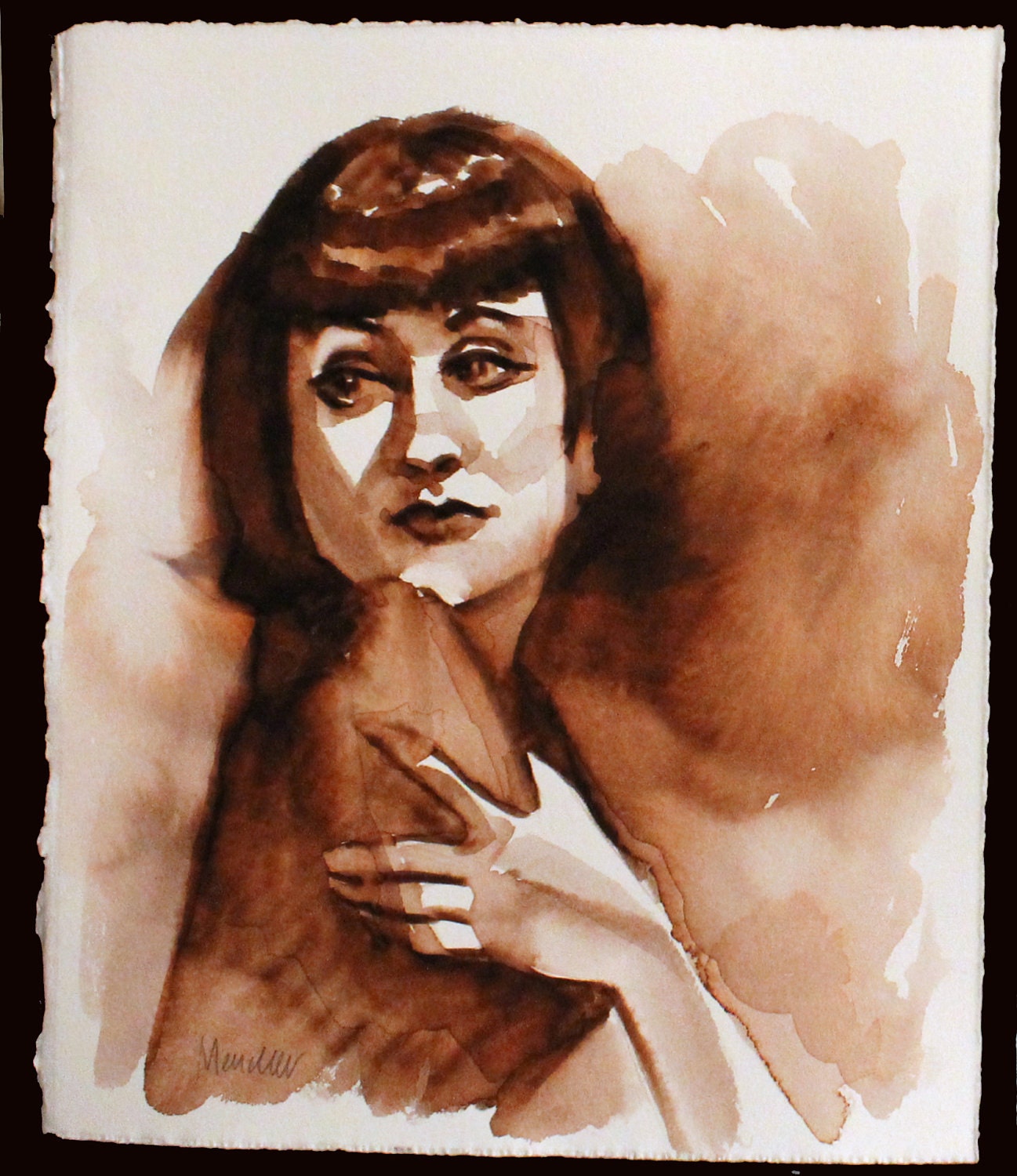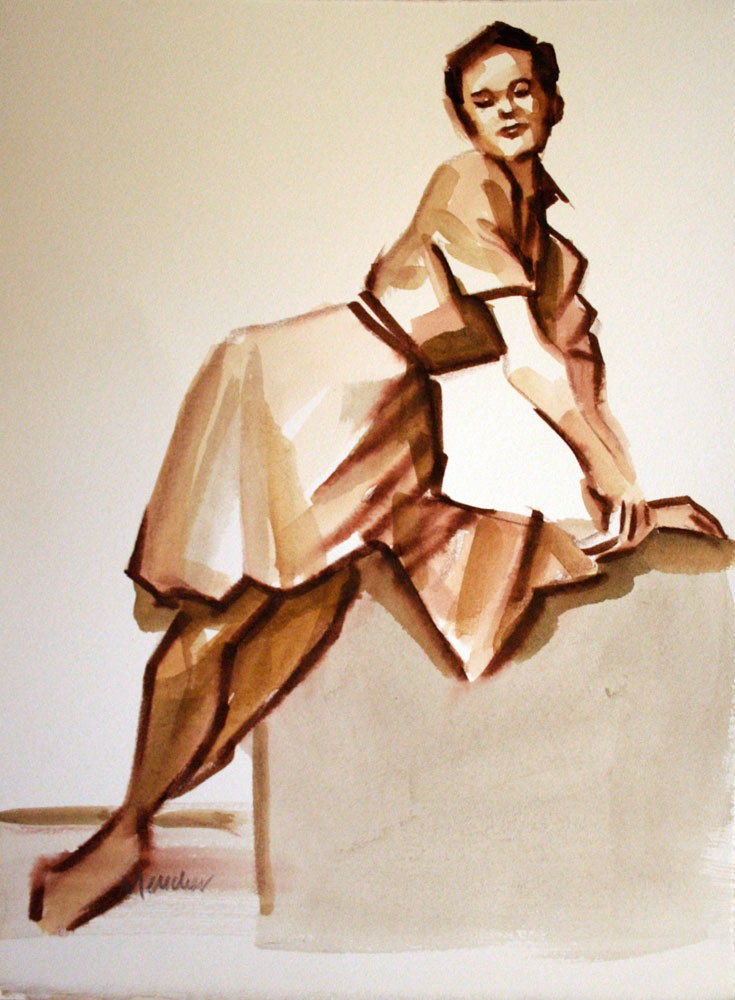1) How does these painting reflect some of the ideas people held about
spirituality in the 19th century? How might it relate to the excerpts
out of Frankenstein or other 18th and 19th century novels such as
Dracula or Jane Eyre or Wuthering Heights?
2) How might the iconography of these two works be similar?
3) How might Blake's work relate to earlier traditions concerning Byzantine and Gothic Art and the traditions surrounding illuminated manuscripts?
4) How does this painting relate to the poem and musical piece the Erlkonig?
| ERLKÖNIG - J.W. von Goethe
Wer reitet so spät durch Nacht und Wind?
Es ist der Vater mit seinem Kind; Er hat den Knaben wohl in dem Arm, Er faßt ihn sicher, er hält ihn warm. Mein Sohn, was birgst du so bang dein Gesicht?-- Siehst, Vater, du den Erlkönig nicht? Den Erlenkönig mit Kron und Schweif?-- Mein Sohn, es ist ein Nebelstreif.-- «Du liebes Kind, komm, geh mit mir! Gar schöne Spiele spiel ich mit dir; Manch bunte Blumen sind an dem Strand, Meine Mutter hat manch gülden Gewand.» Mein Vater, mein Vater, und hörest du nicht, Was Erlenkönig mir leise verspricht?-- Sei ruhig, bleibe ruhig, mein Kind; In dürren Blättern säuselt der Wind.-- «Willst, feiner Knabe, du mit mir gehn? Meine Töchter sollen dich warten schön; Meine Töchter führen den nächtlichen Reihn, Und wiegen und tanzen und singen dich ein.» Mein Vater, mein Vater, und siehst du nicht dort Erlkönigs Töchter am düstern Ort?-- Mein Sohn, mein Sohn, ich seh es genau: Es scheinen die alten Weiden so grau.-- «Ich liebe dich, mich reizt deine schöne Gestalt; Und bist du nicht willig, so brauch ich Gewalt.» Mein Vater, mein Vater, jetzt faßt er mich an! Erlkönig hat mir ein Leids getan!-- Dem Vater grausets, er reitet geschwind, Er hält in Armen das ächzende Kind, Erreicht den Hof mit Mühe und Not; In seinen Armen das Kind war tot. |
English translation by Natalia MacFarren
Who rides through the night o'er woodland wild?
It is a father with his young child; The boy lies folded, close in his arm He holds him steady and safe from harm.. "My son, thou hidest thy face as in fear?" "The Erl King father, see he is near! With Crown and Sceptre and snow white shroud" "My son, 'tis but a passing cloud." "My gentle boy, Oh come with me; I'll sport and play the day long with thee And wondrous flowers shalt thou behold And a garment shalt thou wear all of Gold." "My father, my father, Oh dost thou not hear What Erl-King whispers so soft in mine ear?" "Nay, fear not, it is nothing my child, The leaves but rustle sharp o'er the wild." "Thou gentle boy wilt thou with me go My daughters all pretty pastimes know, My daughters nightly their gay revels keep, They'll dance and they'll sing and they'll rock thee to sleep. They'll dance and they'll sing and they'll rock thee to sleep." "My father, my father, I feel sore afraid See Erl-King's daughters in yon dark shade!" "My son, my son, I see it full well; The grey knotted willows bend to the gale." "I love thee, child, in vain wouldst thou now be perverse, For if thou'rt not willing, I'll take thee by force" "My father! My father! His cold hand I feel Erl-King has hurt me; With grasp of steel" The fa-ther shudd'ring; gives spur to his steed, Holds fast his darling and groans in his need, He reached his home in doubt and dread, Within his fond arms the child lay dead. |











































